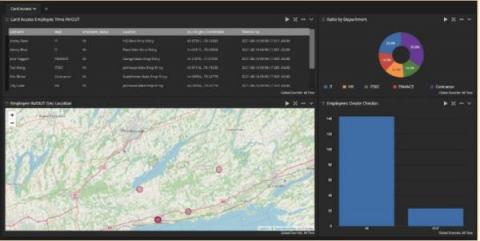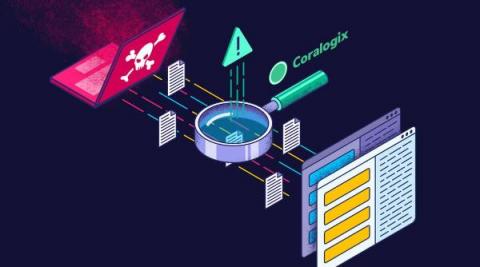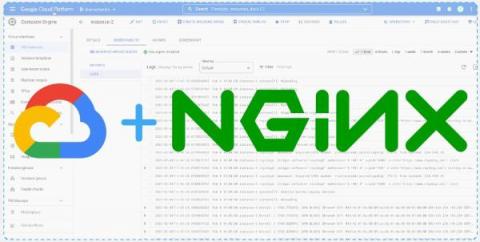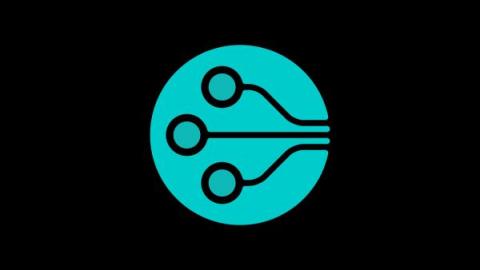Building An Agent From First Principles
Yesterday, we officially announced Cribl Edge, a next-generation observability agent. You can find more about its features here. In this post, I am going to walk you through the journey of incepting and building this new product. Our most important core value at Cribl is “Customers First, Always.” and that involves actively listening and being on the lookout for any pains our customers might be experiencing.











